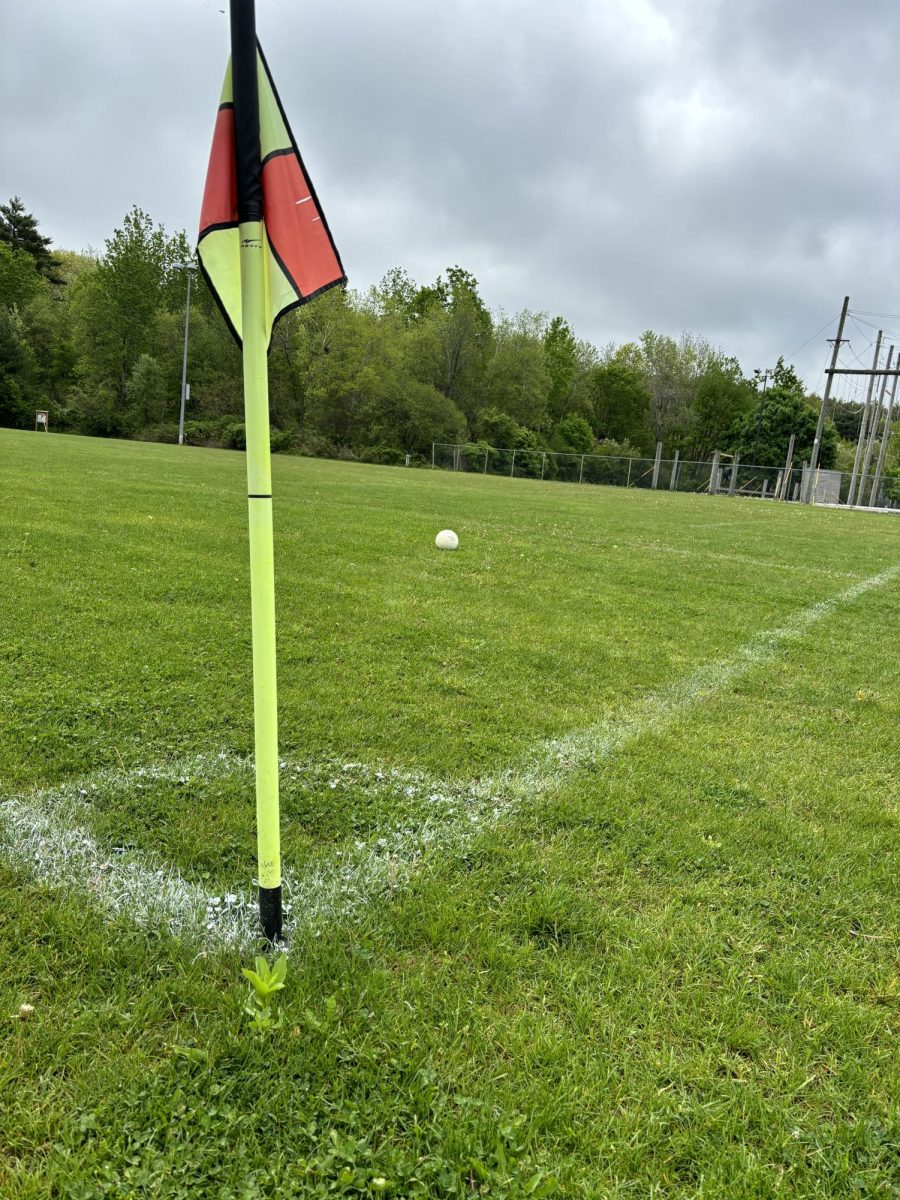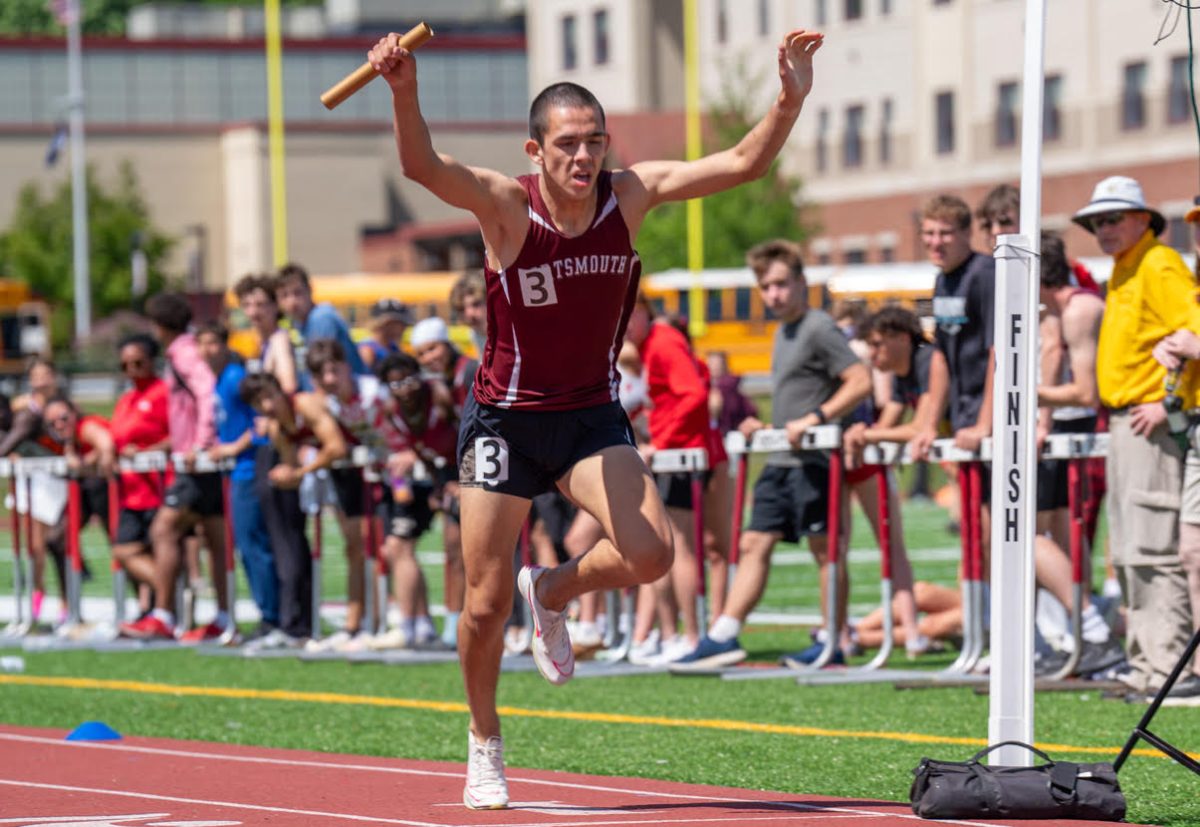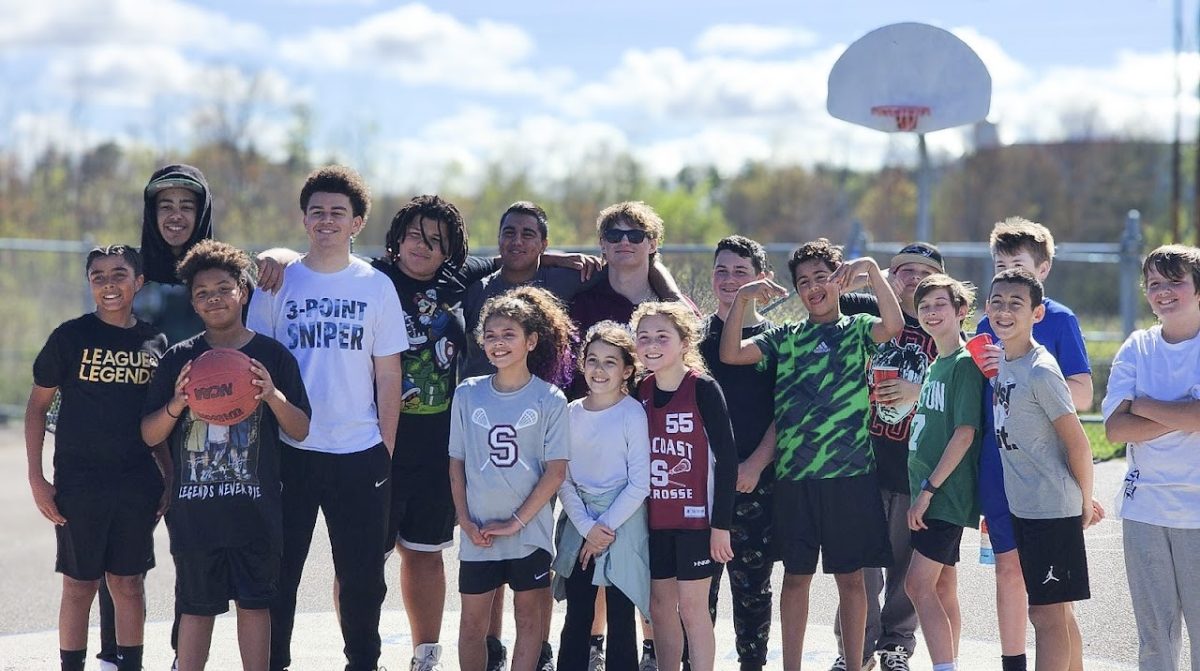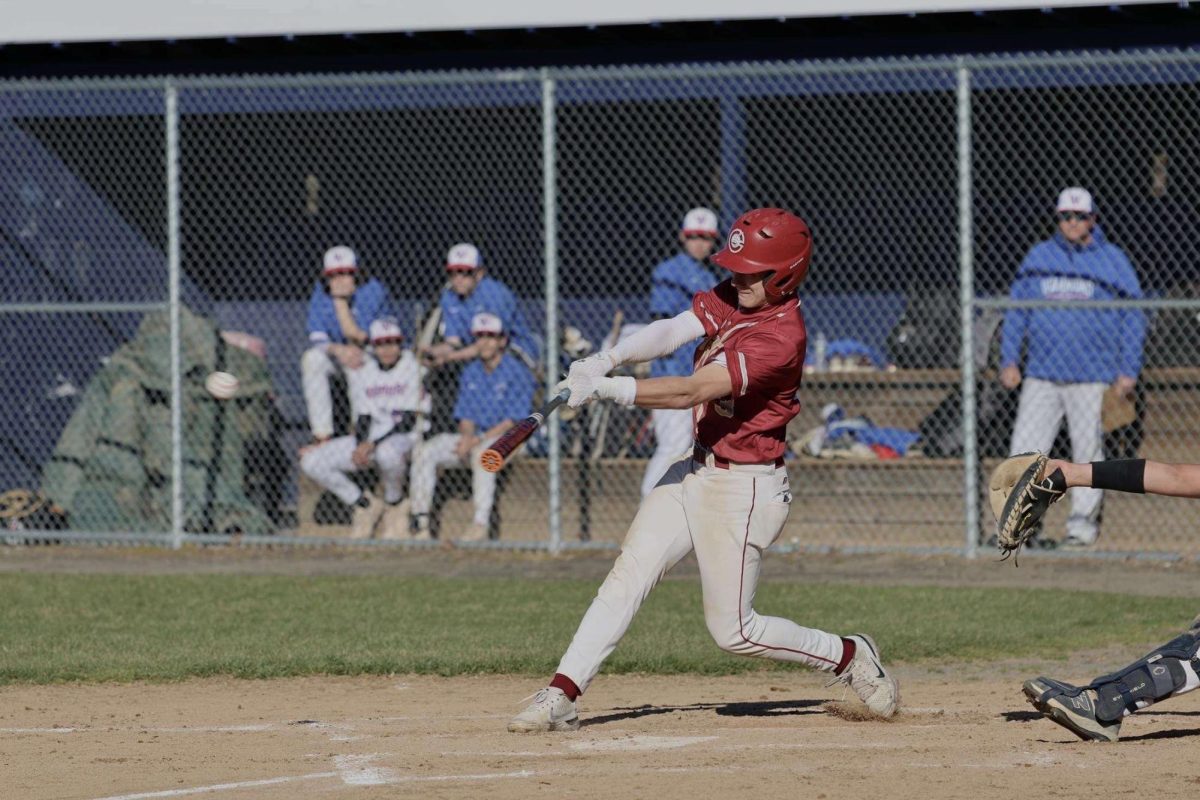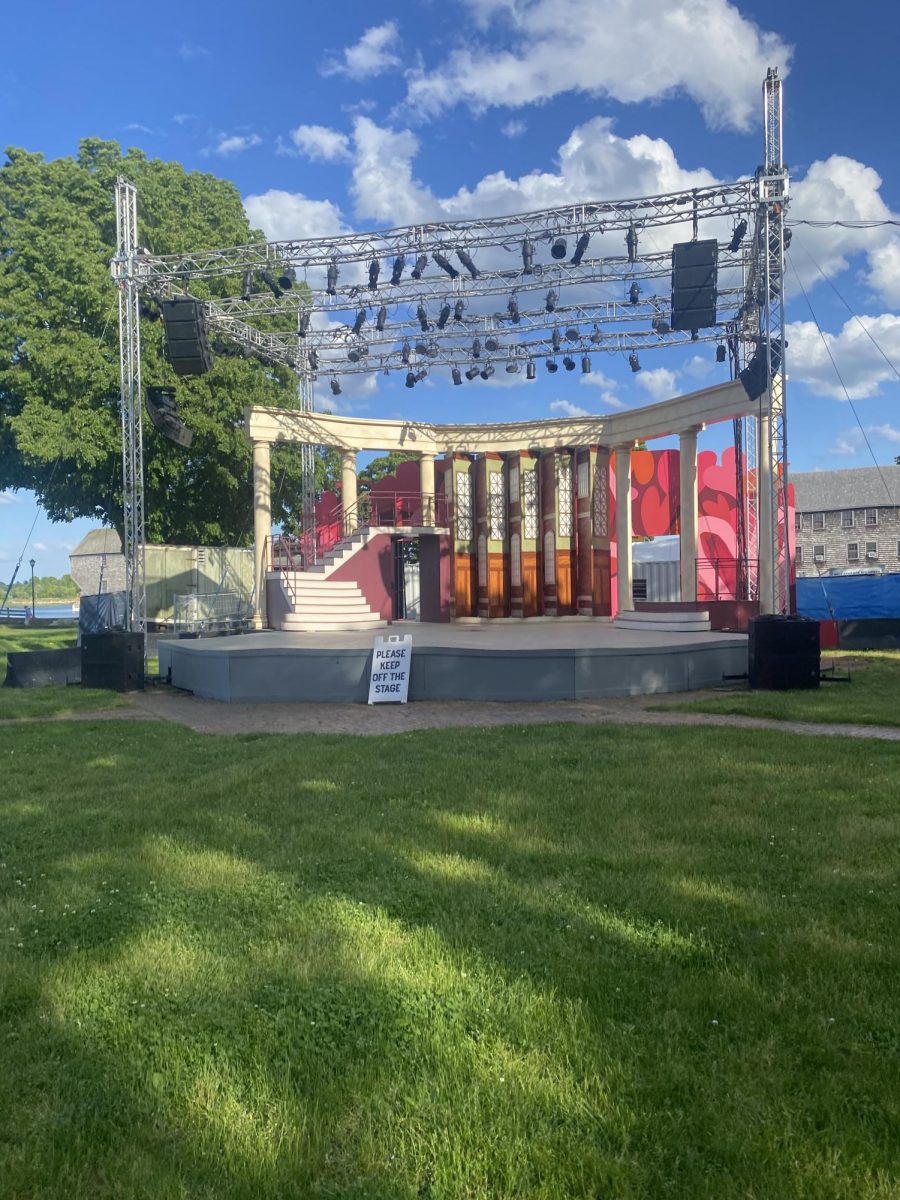For years there has been a debate over gym class. It’s not over a ball, or who ran the fastest mile. Instead, the debate is centered on whether varsity student-athletes need to take the required one credit of Physical Education classes.
This question regarding varsity athletes and gym classes is controversial for both the student-athletes and teachers here at Portsmouth High School. Having PE classes be required for these athletes proposes many different questions in terms of whether or not this is an adequate use of their time, and whether exposing these student-athletes to everyday fitness curricula is truly beneficial.
According to the Portsmouth High School Program of Studies, “one credit” (two classes) of Physical Education is required for every student at PHS.
Ailish Honda, a sophomore soccer player at PHS, believes there are preferable ways to spend her academic day.
“I think that the PE class itself is fine, but if you play a varsity sport then you shouldn’t really be required to take PE because you are already getting that exercise that you need in your day after school when you are performing your sports,” Honda said.
Honda spoke out about how tiring varsity sports can be, and how it can take an immense toll on your body:
“A fear of mine is getting injured. It’s honestly a fear for any athlete. I can’t even imagine getting injured during phys ed and not being able to play soccer. Sometimes it just comes down to safety. Even though taking phys ed classes may improve my leadership skills as an athlete, I feel like many kids can be out of control. It scares me. Also, my body is super tired, and sometimes sore after long practices, and I feel like PE classes don’t help me with that.”
Honda thinks “it’s not worth” getting injured in PE class because she has so much to look forward to in her soccer career.
According to The National Library of Medicine, “In physical education at school, 32% of the participants were injured in one school year, and there were no statistically significant differences in the number of injuries according to sex (p=0.18) and age (p=0.12).”
Lauren Casimiro, a PHS gym/health teacher, brought a different outlook to this controversial topic.
“I feel [PE] overall should be a requirement,” stated Casimiro.
“Playing a team sport, although there are many benefits to that, is not an introduction to lifetime fitness. And what is the percentage of varsity high school athletes that go onto either college careers or professional careers? I feel as though it is quite low. So we’re not giving them an introduction to those sports and skills that they may want in their future,” Casimiro explained.
According to Scholorshipstats.com, a little over seven percent of high school athletes go on to play a sport in college. Nevertheless, as indicated by OSU.EDU, approximately 0.023% of students in high schools around the country will go pro at some point in their lives. Casimiro believes that physical education classes will teach students life skills that they can use far beyond their athletic careers.
“Physical literacy is the goal of PE. I’ve played varsity sports. I’ve coached varsity sports, and a big emphasis is winning,” said Casimiro. “If I was coaching again tomorrow that’s what I would do. I feel like in a phys ed environment it’s more about helping those around you get better, which is important in any varsity sport as well, but you lose the focus on that because it’s all about winning.”
Some students are not athletically inclined like others, and one argument for having physical education in high school is that you put the two groups together allowing there to be leaders and role models.
One standout student Casimiro had was a prime example of a student-athlete who participated in gym class to help out those students of lesser ability. Additionally, Casimiro said that being in PE class made his leadership skills shine.
“I still remember Cal Hewitt in freshman PE, who now plays Division I baseball for Vanderbilt, and he was the best athlete but he always encouraged those around him and he helped them be better. It just brought up the level of it. Kids who were very reluctant to participate saw Hewitt take a step back from that level of high competition and it allowed them to push themselves more,” Casimiro explained.
For Casimiro, this is what it was all about. Gym class shows the character of athletes and shows who true leaders are outside of their normal sport. To her, it’s not all about getting in the exercise for the Varsity athletes, but rather teaching kids how to work well with everyone, and work alongside those who may be at a disadvantage athletically.
Maeve Murphy, a sophomore on the volleyball and track teams, feels the weight, and stress of trying to make sure she has all of her required courses.
Murphey exclaimed “It doesn’t feel very good being required to take a class because we are already doing a sport every day after school so it doesn’t make much sense being required to take PE,” said Murphey. “I feel that later in our high school careers we can take a PE class even just for fun.”
Many other athletes here at PHS agree with Murphey on this such as Roe Beland, sophomore, (volleyball/track), Langley Graham, sophomore, (volleyball/lacrosse), and also Liv Wilson, sophomore, (volleyball). “You’re already getting in the activity of playing sports, and I feel that it shouldn’t be required, but rather an option for us,” Beland stated.
This topic is an ongoing debate between athletes, educators, and more. Do you think varsity athletes are fit to be excused from being required to take one credit of PE classes?


